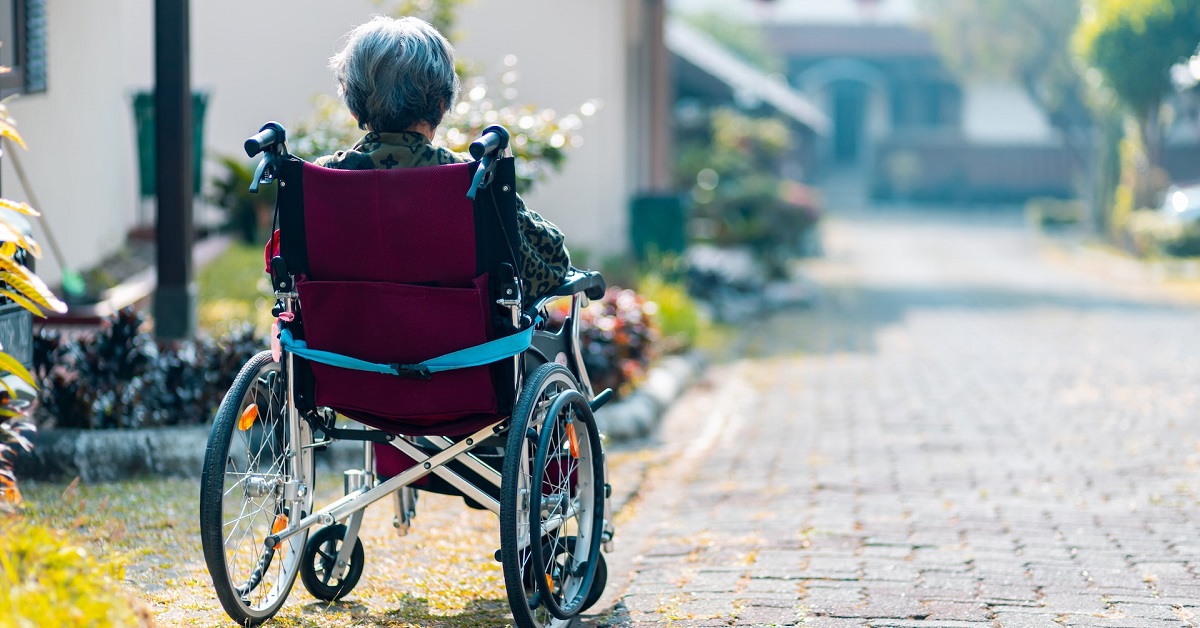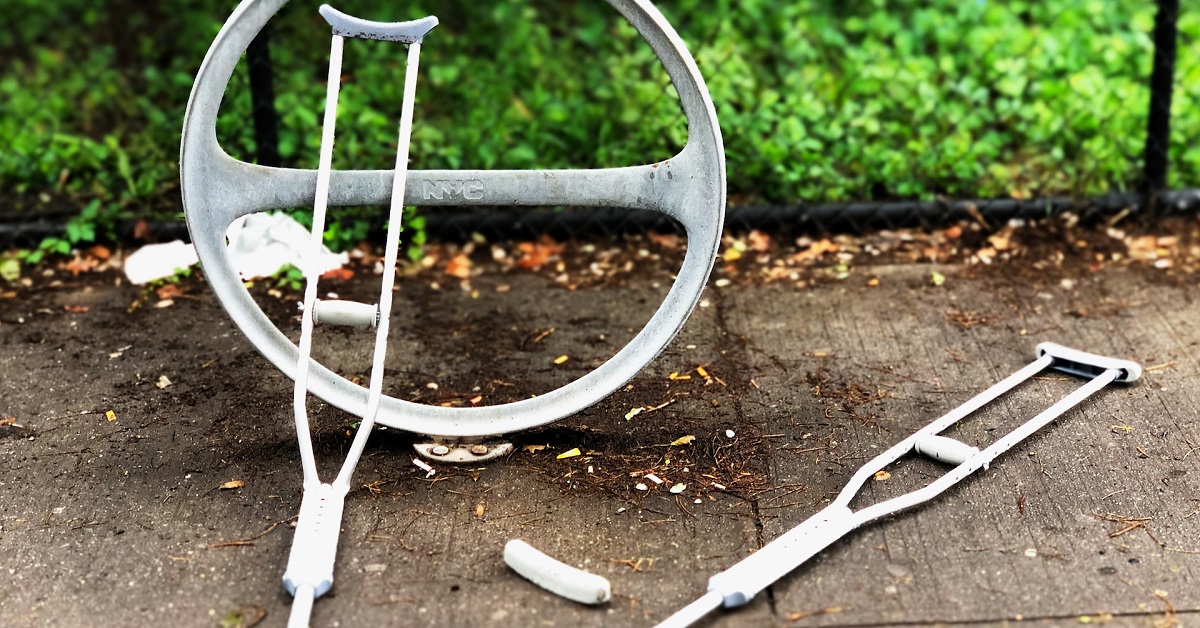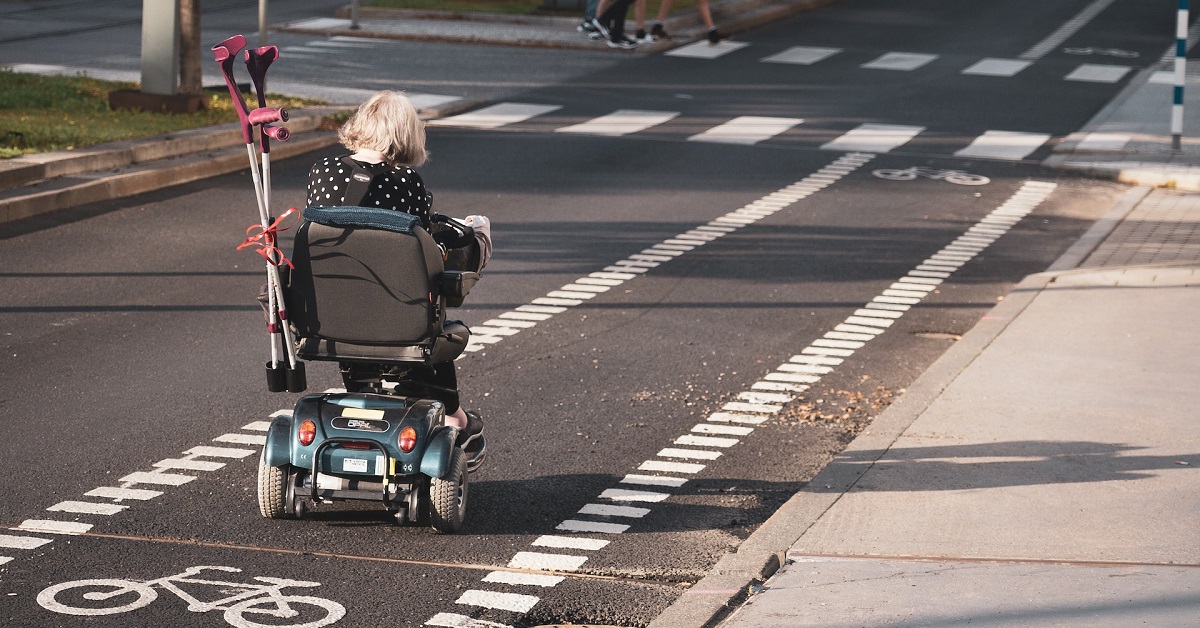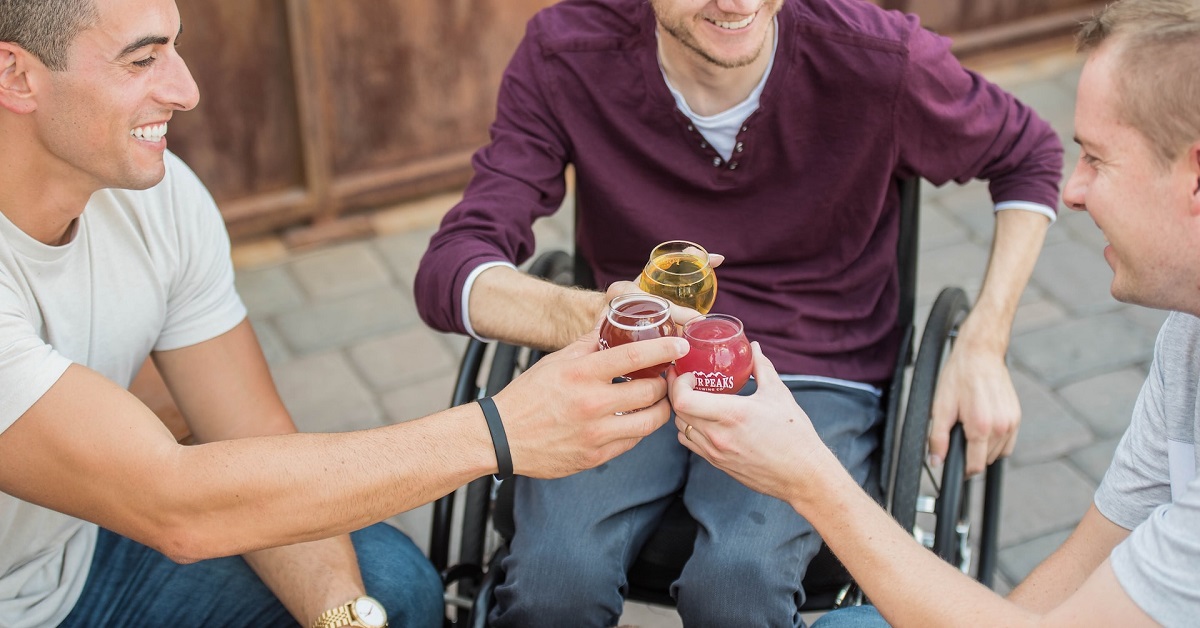
Personal mobility aids are tools like motorised wheelchairs or mobility scooters that are built to carry people who are unable to walk or who have trouble walking. Mobility aids are typically used by those with disabilities or injuries, older people who are at higher risk of falling, or both. Keep reading to learn more about lifestyle mobility aids in Exeter.
Types of lifestyle mobility aids
Users using these gadgets have more independence, experience less discomfort, and experience greater confidence and self-esteem. To accommodate people’s needs, a variety of mobility aids are available, ranging from wheelchairs and stair lifts to canes and crutches.
A certain sort of mobility aid may be needed depending on the injury or mobility issue.
The most commonly used mobility aids are:
Canes/walking sticks
Identical to crutches, canes aid transfer weight from the legs to the upper body by supporting the body’s weight. They put more strain on the hands and wrists than crutches do, but they also take less weight off the lower body.
The following are the common types of mobility canes:
– White canes. These have been created especially to help those who are vision impaired.
– Quad canes. These canes feature four feet at the end, giving them a wider base and more solidity.
– Forearm canes. These canes provide greater weight distribution from the wrist to the arm by offering additional forearm support.

Crutches
Crutches aid in shifting weight from the lower body to the upper. You can use them individually or in pairs. Crutches can be worn by persons with temporary injuries or long-term disabilities to help them to stay upright.
Walkers
Walkers—also referred to as Zimmer frames—are composed of a metal structure with four legs that give the wearer stability and support.
Basic walkers have a 3-sided frame that surrounds the user. The user lifts the frame and places it further in front of them, then steps forward to meet it. The process is repeated as the user walks.
Some walkers allow the user to slide the walker instead of lifting it because the base of the legs has wheels or slides. Those with weak arms will particularly benefit from this.
Wheelchairs
People who should not put any weight on their lower limbs or who are unable to walk use wheelchairs. Wheelchairs are more suitable than walkers for people who have severe disabilities or when longer distances must be travelled.
Wheelchairs can be manually pushed by the user, pushed by another person, or driven by electricity. In 2016, a wheelchair with neural impulse propulsion was created.
Standing wheelchairs, which support users in a nearly upright position, and sports wheelchairs, which were created for use during particular sports, are two examples of specialised forms of wheelchairs.

Mobility scooters
These devices, which resemble wheelchairs, have a seat placed atop either three, four, or five wheels. The user’s feet are supported on footplates and steering wheels or handlebars are used to control direction. Usually, batteries power them.
For people who lack the upper-body flexibility or strength to use a manual wheelchair, mobility scooters are helpful.
Guide dogs are also used as lifestyle mobility aids
Guide dogs are trained service canines that are used to accompany visually impaired or blind individuals by assisting the owner to overcome difficulties.
A therapy animal or guide dog can have advantageous social, psychological, and physical impacts.
Who are lifestyle mobility aids for?
Mobility aids are beneficial for anyone who has a mobility impairment, whether it is short-term or long-term. The kind of mobility aid employed depends on the user’s requirements.
Mobility aids can be beneficial to people with:
– Arthritis
– Cerebral palsy
– Heart or lung issues
– Developmental disabilities
– Obesity
– Diabetic ulcers and wounds
– Difficulties maintaining balance
– Fractures or broken bones in the lower limbs
– Gout
– Injury to the feet, legs or back
– Spina bifida
– Blindness or visual impairment
– Sprains and strains
– Walking impairment because of brain injury or stroke
Mobility aids are especially beneficial for older adults, those who’ve had an amputation, and those recovering from surgery. Using a mobility device is common and generally not something to be ashamed of.

Safety Modifications for lifestyle mobility aids
To make it easier to move around a building or in other places where there are variations in surface heights, there are a number of home or office improvements that can be done.
These include:
– Ramps
– Stair lifts
– Hand rails
Visit Luxtons Pharmacy today to get your mobility aid. Our professional team will be able to help you choose the best device for your daily needs.
This blog post was written on behalf of Luxtons Pharmacy by Pharmacy Mentor.
